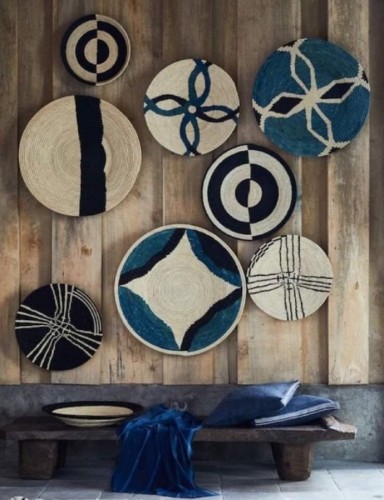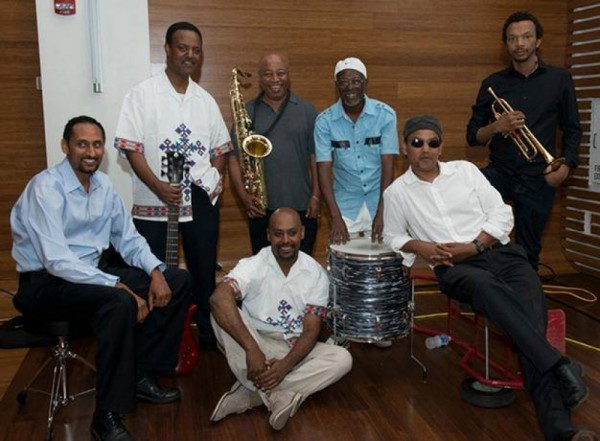Documenting Transforming Structures: Newly Carved Churches of Ethiopia Lecture
Presented by The Anglo-Ethiopian Society.
Documenting Transforming Structures: Newly Carved Churches of Ethiopia
Tarn Philipp
Everyone knows the historic rock churches in Lalibela and other parts of the north, but few realise that the tradition of carving a church from solid rock still prevails in present-day Ethiopia.
The excavation of contemporary rock churches offers invaluable insight into the creation of earlier rock-hewn examples. The craftsmanship draws on age-old ingenuity, indicating the possible time frame, method and sequence of excavation associated with such structures. The process of carving a church from a rock is of course very different from a built construction; it is the removal rather than the addition of a material that results in the architecture being revealed. That today's craftsmen use no architectural drawings and often believe they are fulfilling God’s work typically makes future development both spontaneous and unpredictable.
Challenges to documenting recently carved churches include the irregularity of the structures themselves, the fact that the sites are virtually unknown and that several sites are under excavation and in a state of constant transformation. Further investigation and study of ancient and medieval rock churches may highlight a significant number of churches that have been subject to alteration in the past 45 years. This, in turn, may indicate whether the present phenomenon is a revival or in fact a continued tradition that has remained unnoticed until present.
Tarn Philipp is a South African born, London-based architect. He first visited Ethiopia in 2014 and has returned every year since. Since 2016, he has worked alongside Professor Michael Gervers of Toronto University on a project focussing specifically on newly carved churches.
Doors will open at 6:00 pm with complimentary tea, coffee and biscuits available.

















